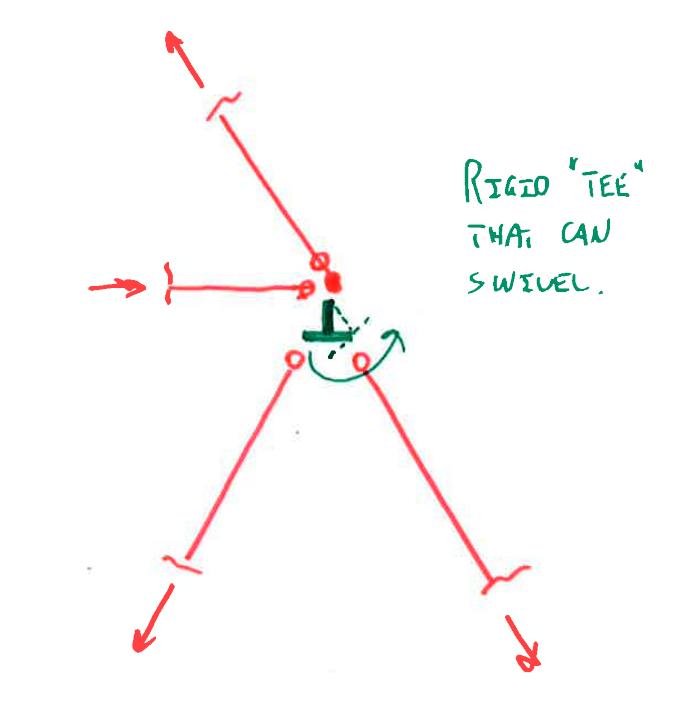xp1
Structural
- Feb 24, 2015
- 25
I was wondering if anybody else has encountered this, or if my results seem valid. I'm designing a canopy lift, basically a long HSS tube that's going to be picked up and moved. In SAP2000 I modeled the tube and the cables that will be lifting it; for the cables I modeled wire rope as a steel rod with the actual area and a reduced MOE value. I ran a nonlinear load case and the displacements were slightly smaller than the linear static case, which I would not have expected, although the analysis did converge so it seems to be correct. Any ideas why this might happen?

